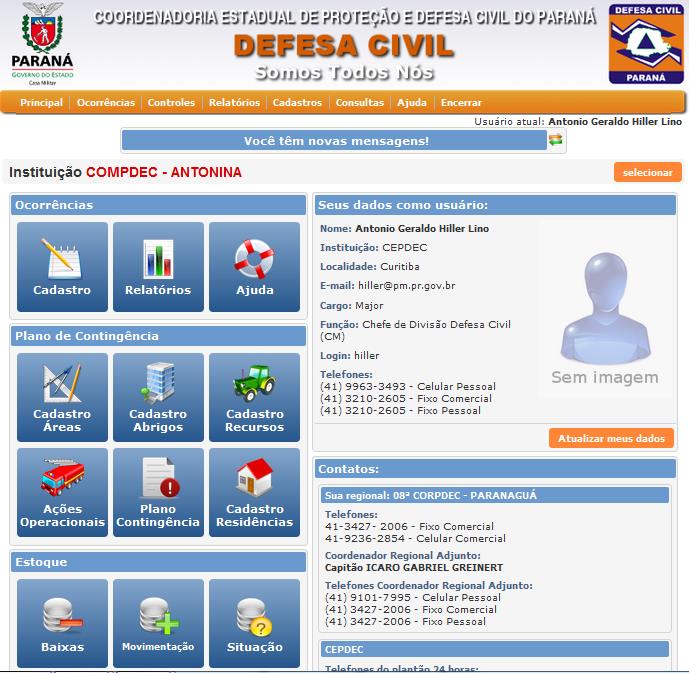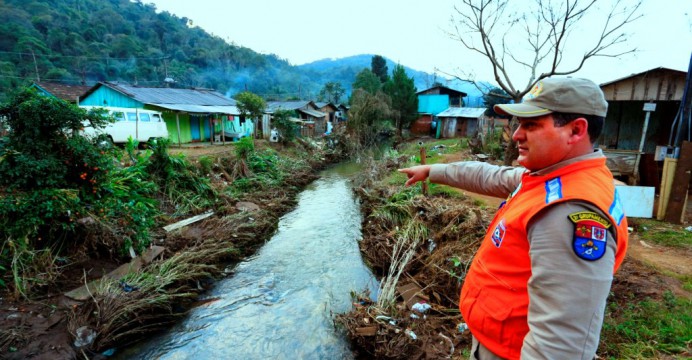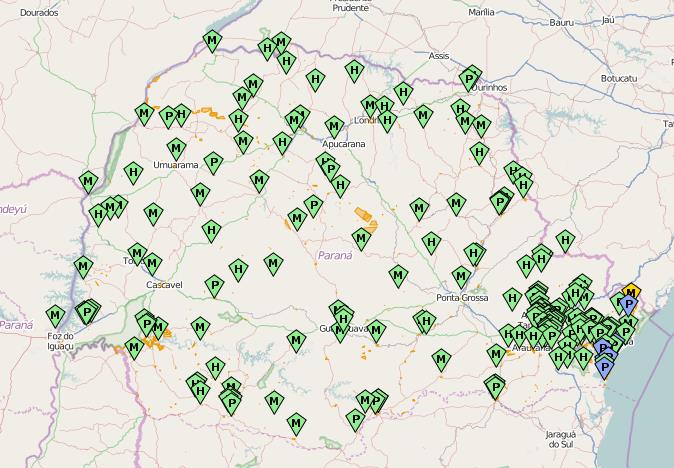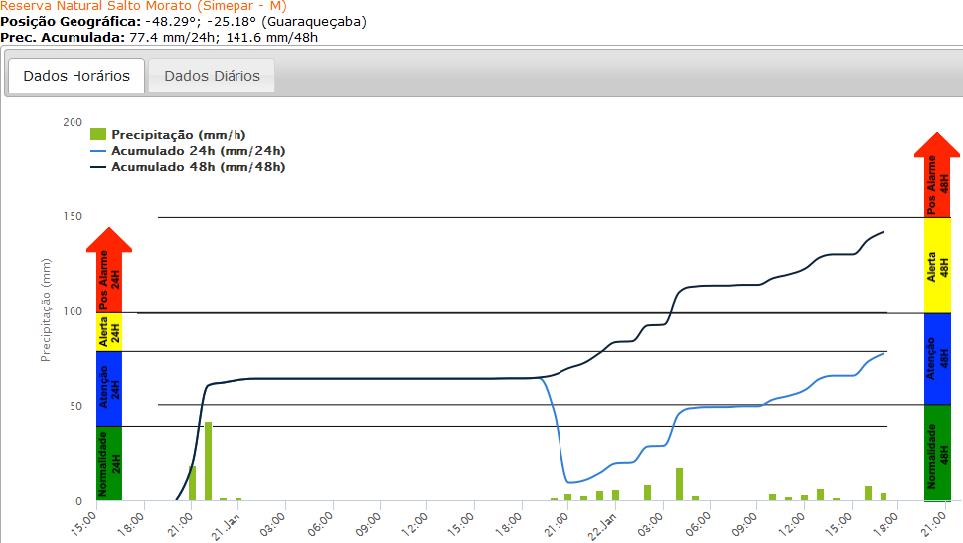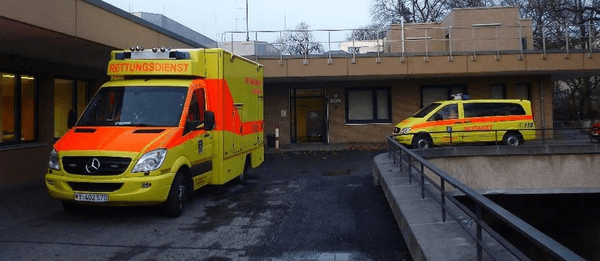City
State of Paraná
Main actors
City Government, Regional Government, other
Project area
other
Duration
Ongoing since 2012
The quality and timeliness of flood warning need to be improved in many places in Brazil. To achieve this aim a complex multi-level and multi-dimensional process is required. The State of Paraná in Brazil has undertaken such a process with promising results.
Intending to protect people against floods and giving them time to leave their homes before the water reaches them, it was started the development of a flood monitoring system and alerts emission. The monitoring and alert system for floods of the State of Paraná is being developed in partnership with the agencies responsible for water management and weather monitoring of the state.
On Map
The Map will be displayed after accepting cookie policy
